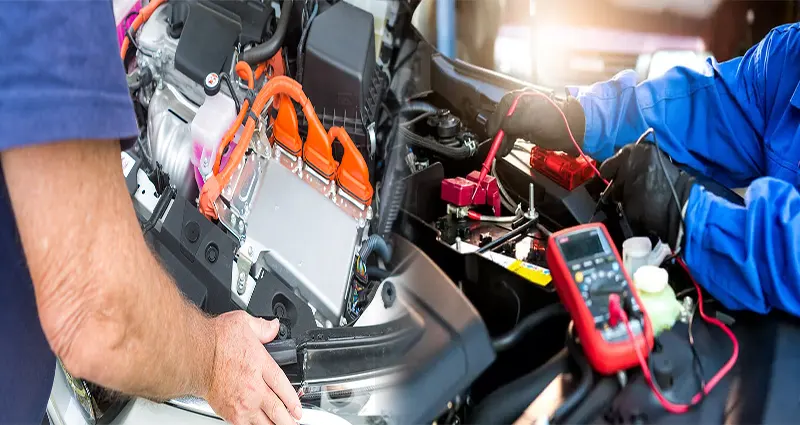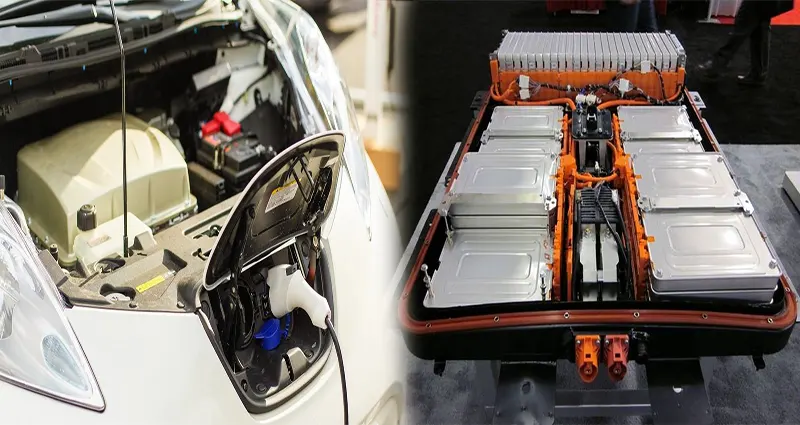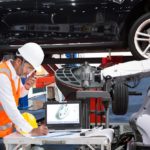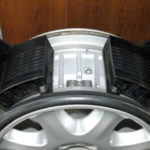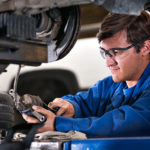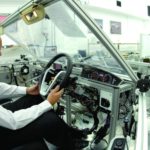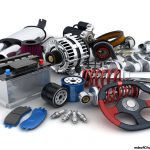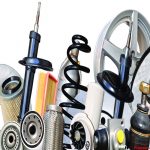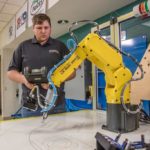Best Tools Needed for Electric Vehicle (EV) Repair
As electric vehicles (EVs) continue to gain popularity, it’s essential for mechanics and DIY enthusiasts to have the right tools to handle repairs and maintenance for these advanced vehicles. Unlike traditional internal combustion engine cars, EVs have unique components and systems that require specialized tools for efficient and safe servicing. Here are some of the best tools needed for electric vehicle repair:
1. Multimeter:
A high-quality multimeter is essential for diagnosing electrical issues in an EV. It can measure voltage, current, and resistance, allowing technicians to troubleshoot the vehicle’s electrical systems effectively.
2. Insulated Tools:
Working on electric vehicles requires insulated tools to prevent electrical shocks. Insulated screwdrivers, wrenches, and pliers are crucial for safely handling electrical components.
3. Electric Vehicle Service Equipment (EVSE) Tester:
An EVSE tester is used to diagnose charging station issues and ensure the proper functioning of the EVSE infrastructure. It can test the connectivity, insulation, … Continue reading >>>>

